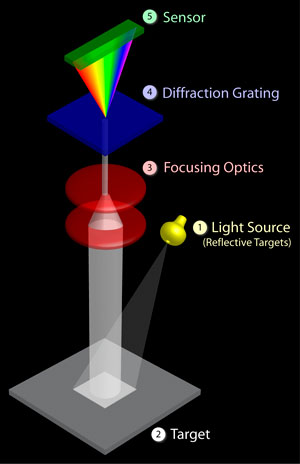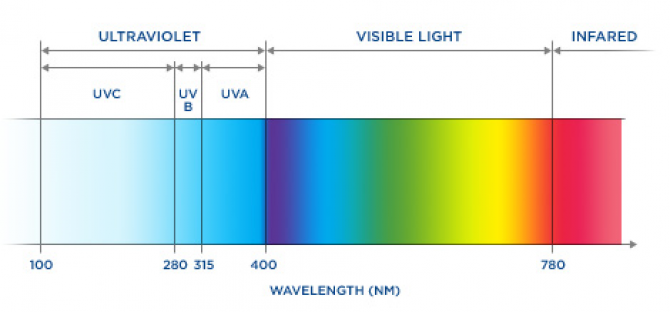
UV-Vis Spectroscopy: Principle, Strengths and Limitations and Applications
Ultraviolet-visible (UV-Vis) spectroscopy is a widely used technique in many areas of science ranging from bacterial culturing, drug identification and nucleic acid purity checks and quantitation, to quality control in the beverage industry and chemical research. This article will describe how UV-Vis spectroscopy works, how to analyze the output data, the technique's strengths and limitations and some of its applications.
Ultraviolet-visible (UV-Vis) spectroscopy is a widely used technique in many areas of science ranging from bacterial culturing, drug identification and nucleic acid purity checks and quantitation, to quality control in the beverage industry and chemical research. This article will describe how UV-Vis spectroscopy works, how to analyze the output data, the technique's strengths and limitations and some of its applications.

UV-Vis Spectroscopy: Principle, Strengths and Limitations and Applications

UV Spectroscopy and Its Applications
UV-Vis Spectroscopy: Principle, Instrumentation, and Applications - Instrumental Analysis - PSIBERG

4.4: UV-Visible Spectroscopy - Chemistry LibreTexts

UV-Vis Spectroscopy: Principle, Strengths and Limitations and Applications

From mono- to multicomponent methods in UV-VIS spectrophotometric and fluorimetric quantitative analysis – A review - ScienceDirect

Atomic Absorption Spectroscopy, Principles and Applications

Atomic Absorption Spectroscopy, Principles and Applications

Instrumental Analysis - UV - VS - AAS - CTLE - FINAL - Reyes

Eco-friendly based HPLC and UV-spectrophotometric methods for

UV-Visible Spectroscopy - an overview

Full article: Emerging photoelectric devices for neuromorphic vision applications: principles, developments, and outlooks

instrumental analysis lab report D.docx - Name: Goldie Hutchful

Chemosensors, Free Full-Text








